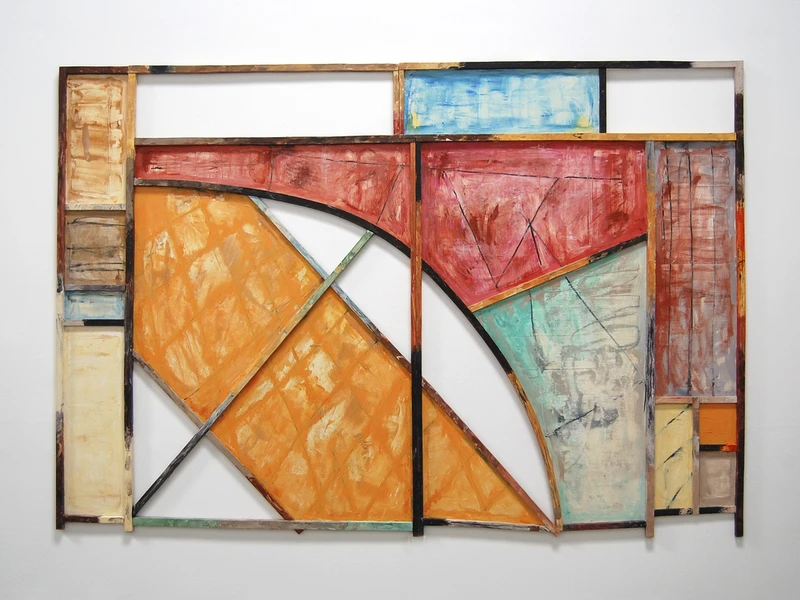Craig Kauffman: Constructed Paintings 1973–1976
14 Apr-20 May 2023
PV 13 Apr 2023, 6-8pm


Monika Sprüth and Philomene Magers are delighted to present an exhibition of Craig Kauffman’s Constructed Paintings, made during the years 1973 to 1976, at the London gallery. This significant group of works was produced in studios in California, New York, and Paris during a period of transition for the artist. His exploration of basic painting support and structure was parallel to the post-minimal and process-oriented painting and sculpture of that time, yet retained Kauffman’s inventive use of high-key color on an unusual ground. The works reflect Kauffman’s life-long interest in unorthodox supports for painting, as well as a sensuous and luminous color sensibility. Accompanying these works is a number of drawings and works from the immediate years prior that illustrate the transition to this medium and style.
Craig Kauffman became known in the mid-1960s for his innovative use of industrial plastic as a support for painting. He gained significant recognition for several series of works, and investigated both form and coloration, challenging the medium while remaining in the conversation with both mainstream Minimalism and the artists associated with Light and Space. His works were wall-bound paintings, yet remained between low relief and sculpture, activating the wall and the environment.
By the early 1970s, Kauffman had completed a lengthy seven-year period of working with formed plastic, as well as experimentations with installations of light reflections. Kauffman made a conscious decision to leave the medium of painting on plastic and the installations to begin a new body of work. He moved away from his increasingly atmospheric plastic relief paintings to a new kind of painted construction. Rather than continuing to produce the luminous works that established his reputation, or to proceed with light installations that he had successfully begun, Kauffman realized that he wanted to return to the studio.
He began to use a lightweight but dimensionally stable wood called jelutong to form the structural elements and develop a vocabulary of shapes. Canvas and muslin were attached to the front and the back of these supports. He also made use of the wall and the open space between the painted areas. Drawing was incorporated in the work, as well. In an interview with Michael Auping in 1976, Kauffman stated “[…] the only way I can work my way back into painting is to really reconstruct painting for myself.” It is through the integration of color, linear structure and shape that he achieved the architectural presence of his Constructed Paintings.